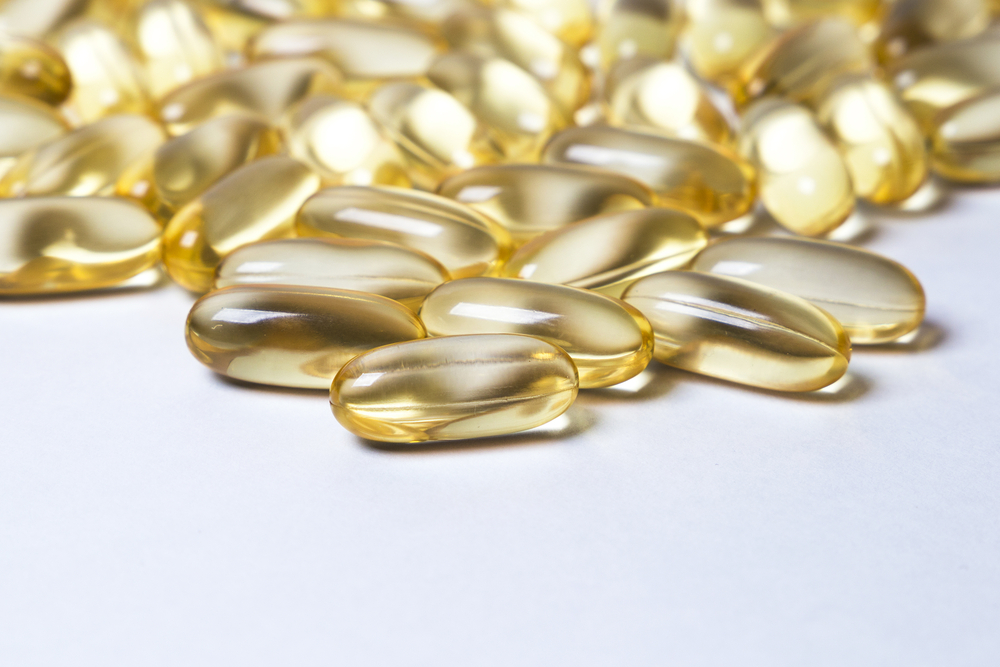
Hydrolysed Whey Protein For Recovery
Hydrolysed whey protein is a potent form of whey protein. Hydrolysed whey protein delivers usable amino acids to the muscles faster than any other type of protein. The high protein content and rich amino acid profile of hydrolysed whey protein makes it an ideal choice for whenever immediate protein is required by the body. In this article we look into when hydrolysed whey protein is the preferred choice for athletes seeking optimum recovery.
Hydrolysed Whey Protein Post Workout
 Training puts the body and working muscles under huge stresses, generating micro-trauma and micro tears. The nature of these trauma and tears is influenced by the training type the body is exposed to. Hydrolysed whey protein can soften the blow of a these effects by optimising the recovery process. Whether a bodybuilder or marathon runner, recovery is essential.
Training puts the body and working muscles under huge stresses, generating micro-trauma and micro tears. The nature of these trauma and tears is influenced by the training type the body is exposed to. Hydrolysed whey protein can soften the blow of a these effects by optimising the recovery process. Whether a bodybuilder or marathon runner, recovery is essential.
No matter the training type, recovery is the key to progression. The key to recovery is building the body better than it was before; the faster your body can begin this process, the better the results. In order to kick-start the recovery process immediately, the body requires building blocks to repair the damages and stressed tissues from training. Protein is essential, but the longer the chain of amino acids that forms these proteins, the longer it will take for the body to digest them down to a useable form. Hydrolysed wheyprotein is made of very short amino chains. If a supplement is already pre-digested (as Hydrolysed Whey Protein is) then it could get straight to work on the recovery process.
Hydrolysed Whey Protein and Recovery
The recovery process is not limited to the post-training window. Everybody has had a good few sessions where they hurt for days afterwards. But the importance of the post-workout window cannot be emphasised enough. It’s a time when there is the potential to get a greater amount of targeted nutrition to the muscles for maximal uptake and use. During this period, a recovery hit of hydrolysed whey protein immediately post-workout is the ideal choice. After this 90 minute-2 hour window, the metabolic processes involved slow down and therefore recovery potential also slows. It is essential to continue with a clean, high protein diet, but its effects on the damaged tissues will be far less. During this time, other protein sources are ideal due to their prolonged release times. The body can constantly get protein into its system to help aid in its recovery.
Why Choose Hydrolysed Whey Protein?
If we go back to our example of a bodybuilder and a marathon runner it becomes apparent that although their goals may be different, their recovery needs aren’t. They both need targeted nutrition immediately after their training session and the more useable the better. Hydrolysed whey protein has a number of key benefits that would help anybody training. For the bodybuilder, hydrolysed whey protein has been proven to increase strength (up to 32% in a 4 week study) and lean mass after post-exercise ingestion. For our marathon runner, hydrolysed whey protein was shown (when taken with carbohydrate) to increase post exercise re-synthesis of muscle glycogen. This would help to increase energy levels and recovery for the next training session. In both cases hydrolysed whey protein has been shown to trigger a far greater insulin response than other forms of whey protein – a massive 43% more than Whey Protein Isolate. This would help increase the shuttling of nutrients to the muscles.
Hydrolysed whey protein is versatile and can be used by anybody training, no matter what their goals are. The unique properties of hydrolysed whey protein support maximised recovery. Recovery is the key to progression and in order to progress the body needs to recover stronger than previously. In order to do this it needs the correct nutrition at the optimum times. Hydrolysed whey protein provides what the body needs in the most useable form possible and gives a huge advantage when taken post-training.






No Comments yet!